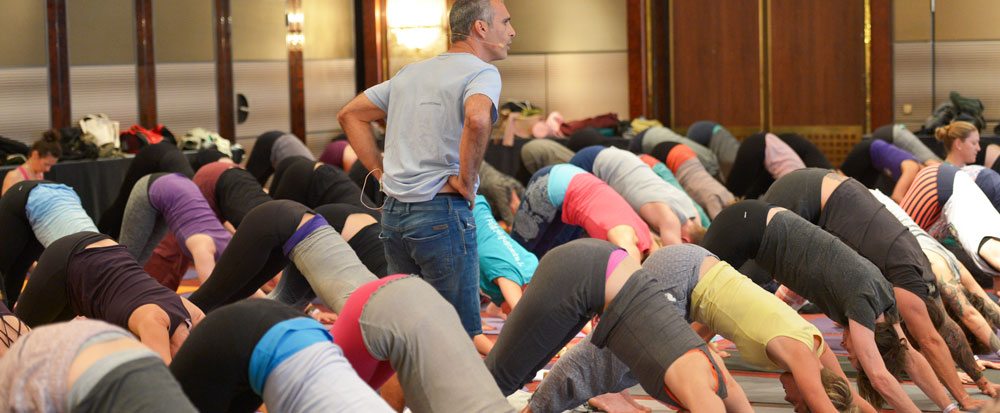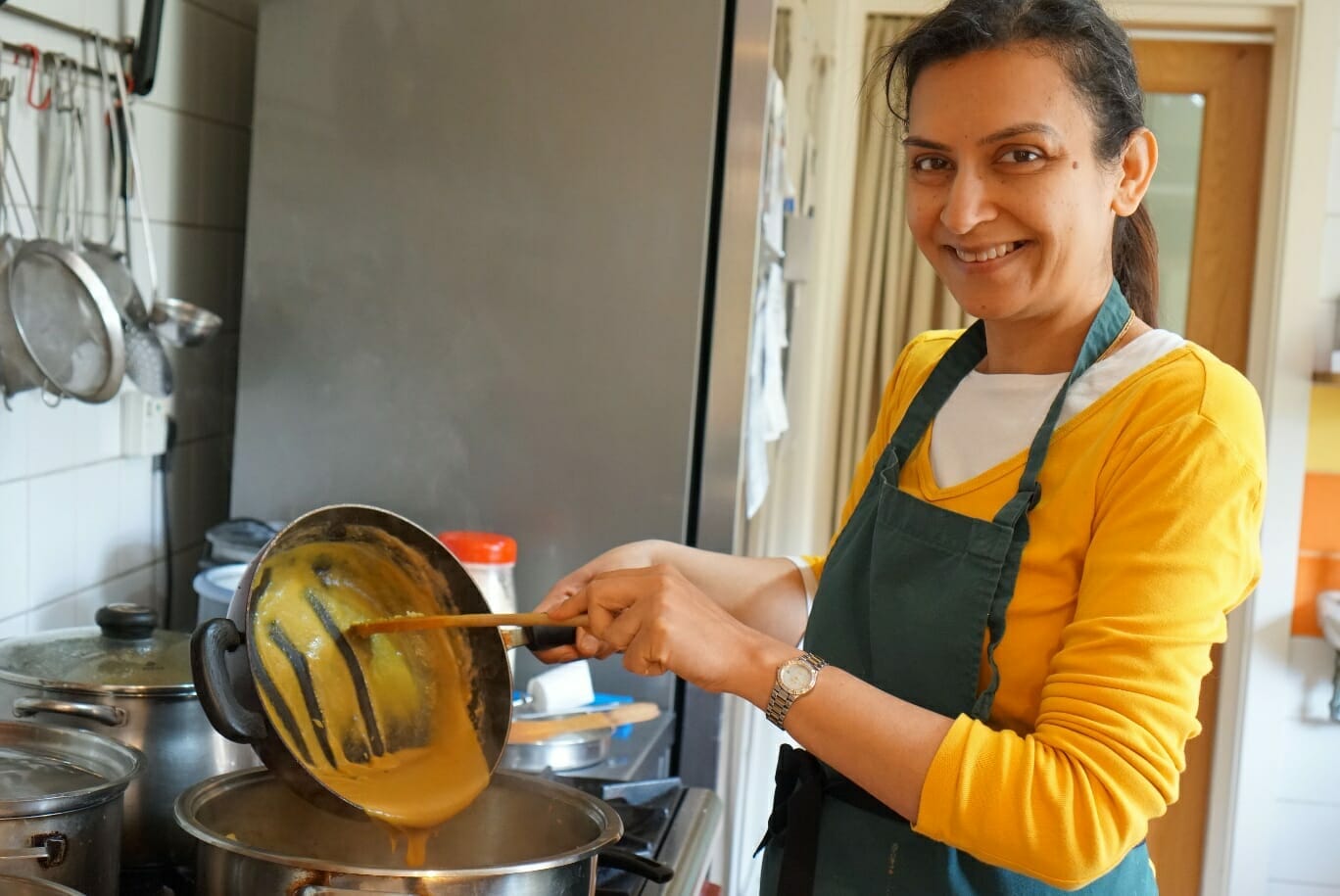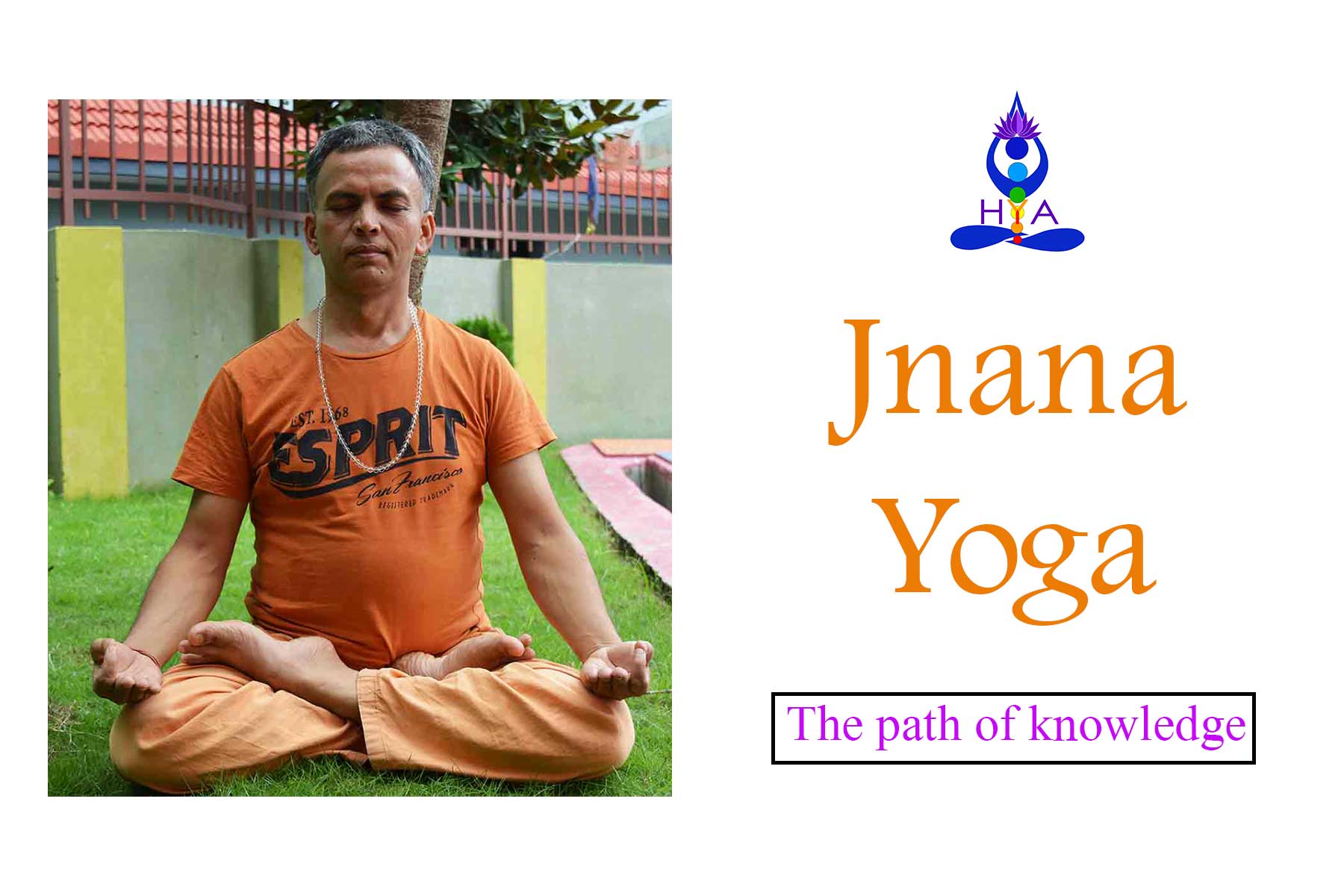What Is the Difference Between Yoga and Power Yoga?

Traditional Yoga vs. Power Yoga
Well, I guess I’m the best person to answer this question, considering I grew up from age 15 in Traditional yoga. By Traditional yoga, I mean a vinyasa yoga practice I studied in India called Ashtanga yoga. I am also the person who coined the term “Power Yoga.“
The difference between the two is nothing and/or everything. Let me explain. In India, most of the yoga practices are not physical, so right there you could say there are many differences between Power Yoga and most yoga practices.
So, what’s the point of yoga?
The goal of yoga is enlightenment, so you could also say that anything that leads to enlightenment is a yoga practice. Yes, Power Yoga leads to enlightenment, so then you could say there is no difference.
What is Power Yoga and How Do You Do It?
The objective of Power Yoga is to strengthen the benevolent and eradicate the malevolent.
To do this, we have to become aware of our mental state or the places our minds dwell, and with this awareness, we can decide if we want to dwell in the place our mind is dwelling or not. This choice gives us the opportunity to empower or disempower the mind states that benefit (benevolent) us or hinder (malevolent) us. I feel from my own experience, this is aligned with the objective of all yoga, so in that, there is no difference.
To do all this, we take a unique path. Yet if you could understand the thousands of different ways yoga is expressed in India and throughout the world, you could even say[……]







